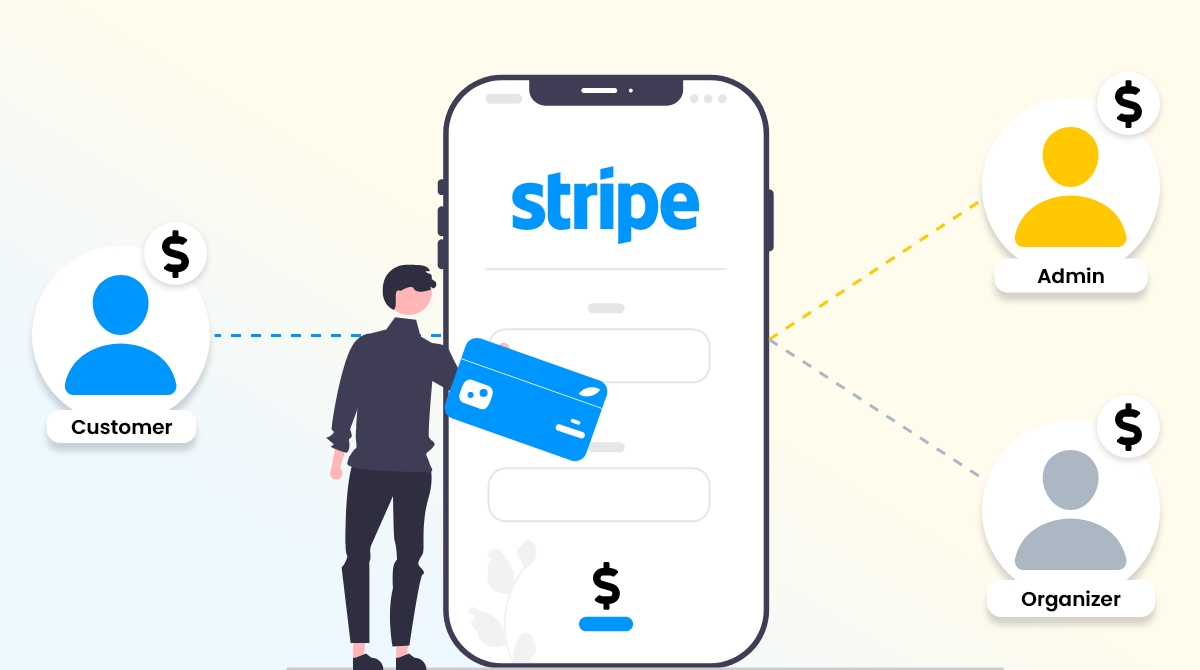
In recent years, the business model of dropshipping gained quite a popularity and is a perfect way of running an online store without being an owner of any stock. Another crucial factor of any dropshipping business is a payment method, and today Stripe has become one of the most popular options. In this article, we will also take a closer look at how Stripe can contribute to your dropshipping business, how it works, and will provide you with a brief of a step-by-step guide on the using stripe for dropshipping.
What is Stripe?
Stripe is an e-commerce that facilitates online payment processor for businesses which enables them to collect payment from their clients across the world. This is due to the number of tools available and its relatively easy usability by e-commerce stores, subscription services and freelancers.
Why using Stripe for dropshipping?
Using Stripe for dropshipping business offers several benefits, such as:
Global Payment Support:
Stripe therefore provides an opportunity for people to make payment from customers across the globe. This is especially so if you are operating an international dropshipping business.
Security:
Stripe is very secure since the platform has added features for fraud protection. This minimizes chargeback and disputes incidences which have been rife in the dropshipping business model.
Ease of Use:
It is easy to use and to install with the most widely used ecommerce solutions like Shopify, WooCommerce or BigCommerce.
Customization Options:
Stripe has a rich API integration which means that developers and companies can completely customize the payment process depending on the needs of the business.
Pros and cons of using stripe for dropshipping:
Pros of using Stripe for Dropshipping :
Stripe has numerous advantages for dropshipping businesses:
Global Reach:
The availability of over 135 currencies has been made possible through Stripe and this will help the dropshippers in addressing the needs of their customers who are spread cross the globe.
Transparent Pricing:
Another advantage of stripe payment gateway is that to use its services there is no hidden fee it charges a flat rate which is 2. 9% + 30¢. This means that you’re able to forecast your costs early on.
Fast Payouts:
Stripe gives you the ability to get paid out to your bank as fast as in two days.
Excellent Customer Support:
The support from Stripe is well known to be friendly and supportive and the team is available around the clock.
Advanced Fraud Detection:
It’s also important to note that with Stripe, there are powerful tools to fight fraud and, subsequently, chargeback.
Cons of using Stripe for dropshipping:
Despite its advantages, there are a few drawbacks to using Stripe:
Not Available Everywhere:
Stripe may be unavailable in some countries, which can be a disadvantage to the dropshippers operating within such countries.
Strict Rules on High-Risk Businesses:
In some cases dropshipping can be viewed as high risk business by payment processors. This could result in account holds or terminations depending on what Stripe identifies on the account for instance high charges back rates.
Transaction Fees:
With this for instance, Stripe charges can be considered somewhat on the high side particularly in relation to small value transactions. With low-ticket items, for example, these may cut into your profit margin significantly.
Managing Payments with Stripe:

To ensure a smooth payment experience for your customers and to minimize the risk of disputes or chargebacks, consider the following:To ensure a smooth payment experience for your customers and to minimize the risk of disputes or chargebacks, consider the following:
1. Transparent Policies:
Let your customer know about average days it takes to deliver a product, terms and conditions of returning products, and pricing. Several challenges characterized dropshipping business, especially when it comes to the shipping duration, and it is wise to inform your clients in advance.
2. Monitor Chargebacks:
Check and evaluate your chargeback rates and try to prevent them. Make sure you describe your products as well as possible and maintain good customer relations in case of disagreements do not allow them to go to charges back.
3. Automated Billing and Invoicing:
Pay and manage the bills using Stripe’s billing features; this enables customers to receive and payment reminders. This is especially important to monitor payments in order to be paid from clients promptly.
Conclusion:
I have outlined how use of Stripe for dropshipping can be helpful to e-commerce businessmen and women. Hence, Stripe seems to be a perfect tool for managing payments in a dropshipping business due to its applicability in all world areas, an easy-to-use interface, and additional tools. But it is imperative to consider the costs and advantages and disadvantages, especially if you work within a high-risk industry or area, where Stripe’s services may be unavailable.
FAQs of Stripe for dropshipping:
1. Is Stripe good for those who just starting dropshipping?
Yes, Stripe is indeed a good choice especially for the first-time users since the platform is easy to integrate especially with most online selling platforms.
2. Is it legal to use Stripe in other countries for selling your product to other customers?
Absolutely! Stripe accepts over 135 currencies meaning that it is suitable for any dropshipping store with customers from all over the world.
3. What is the transactional fee of stripe?
Stripe typically charges 2. 9% + 30¢ per successful transaction, although this can change depending on your country/location and by transaction type.
4. Does Stripe hold funds?
However, there are some instances where Stripe will freeze your funds; in other words, Stripe is likely to hold your funds temporarily for some reason, for example, if the business you are running is categorized as high-risk by the platform. To avoid such risks one needs to read their terms and conditions to determine the level of risk.
5. Is Stripe available worldwide?
Though stripe is accepted in many countries, it’s not present in all countries. It is recommended to visit Stripe’s website and find out whether the company accepts customers from your country.


